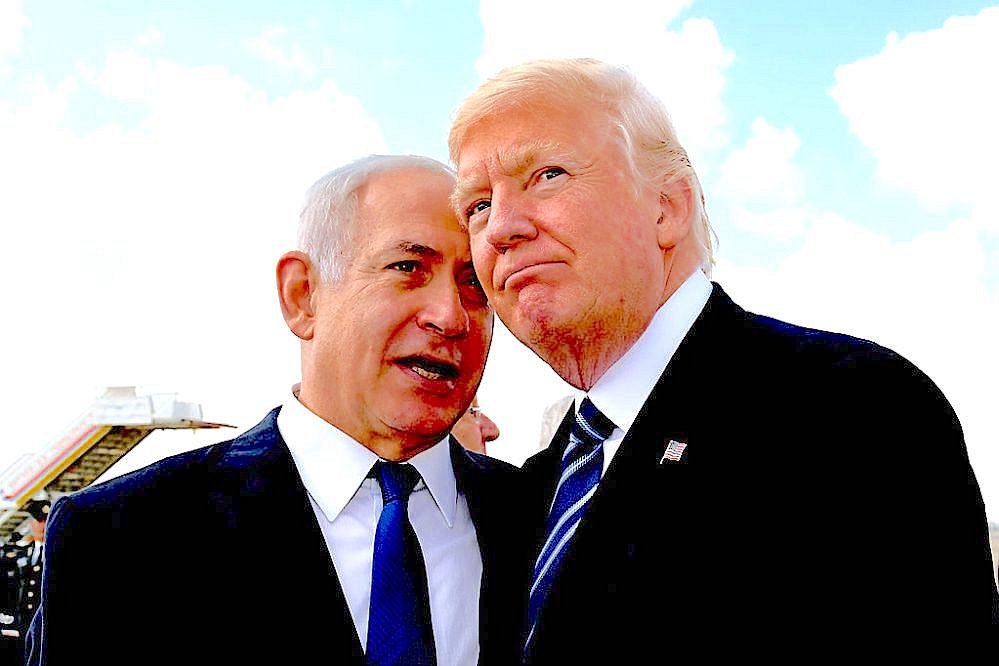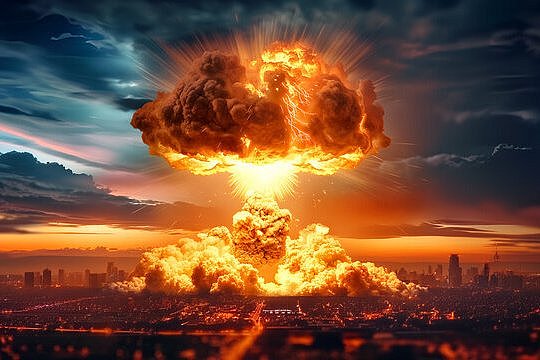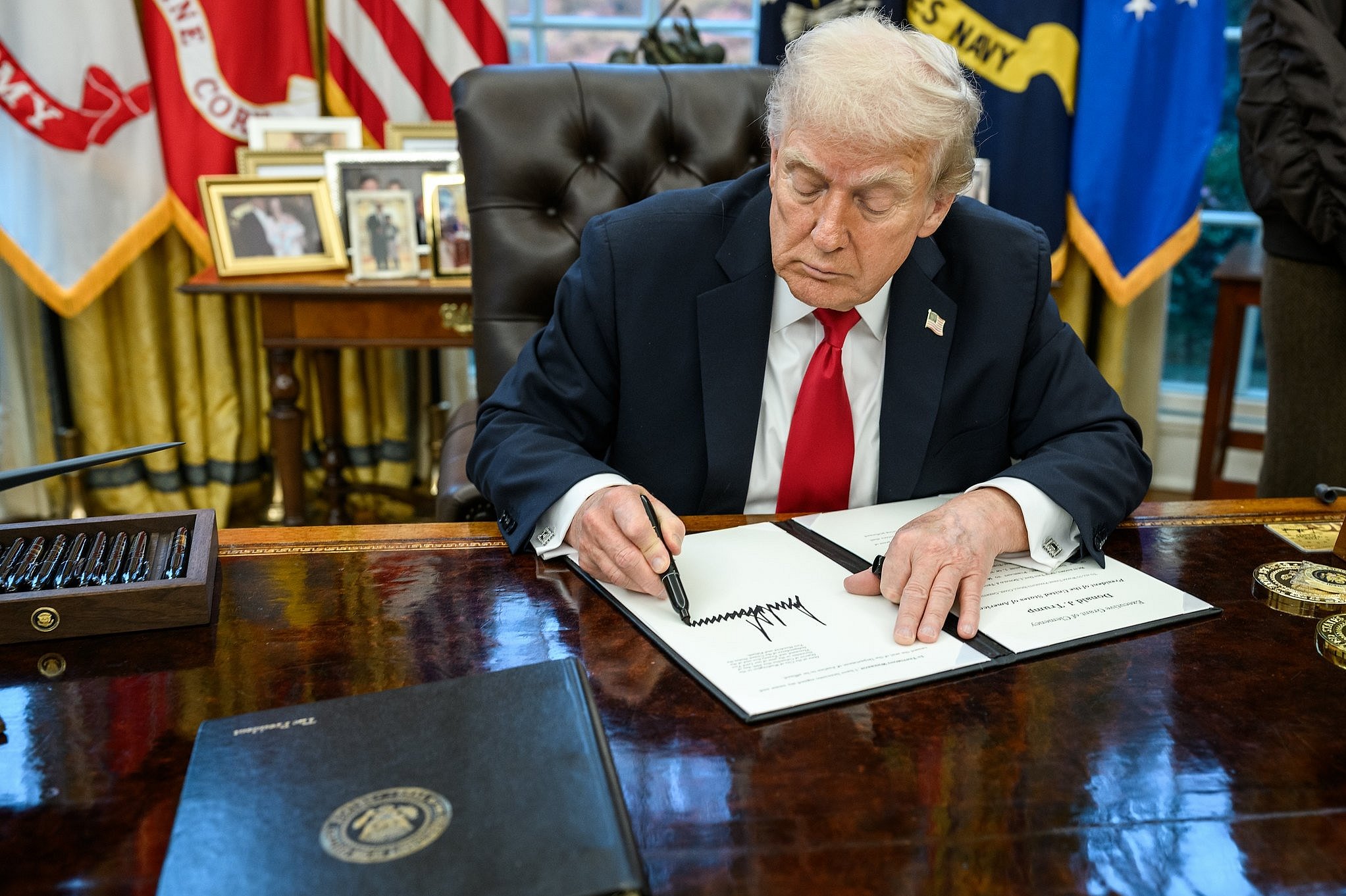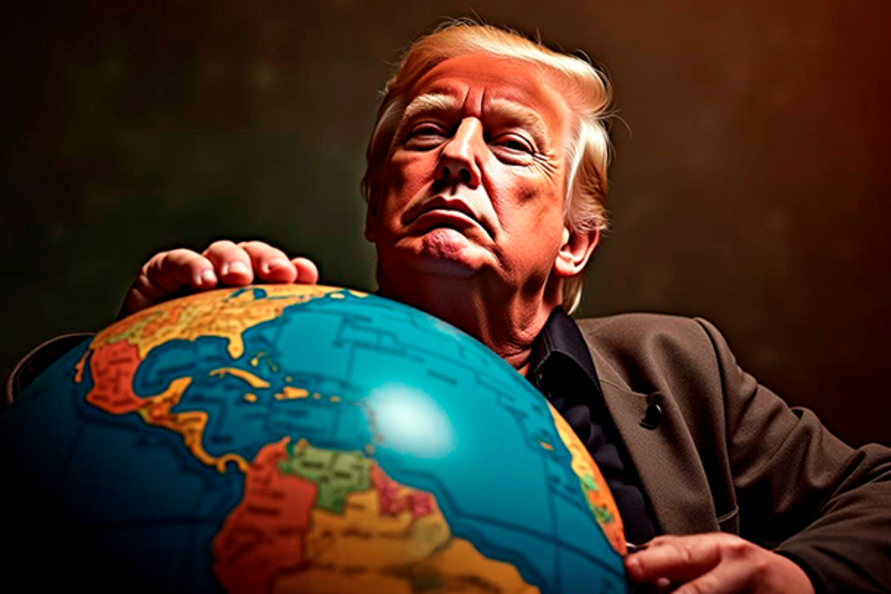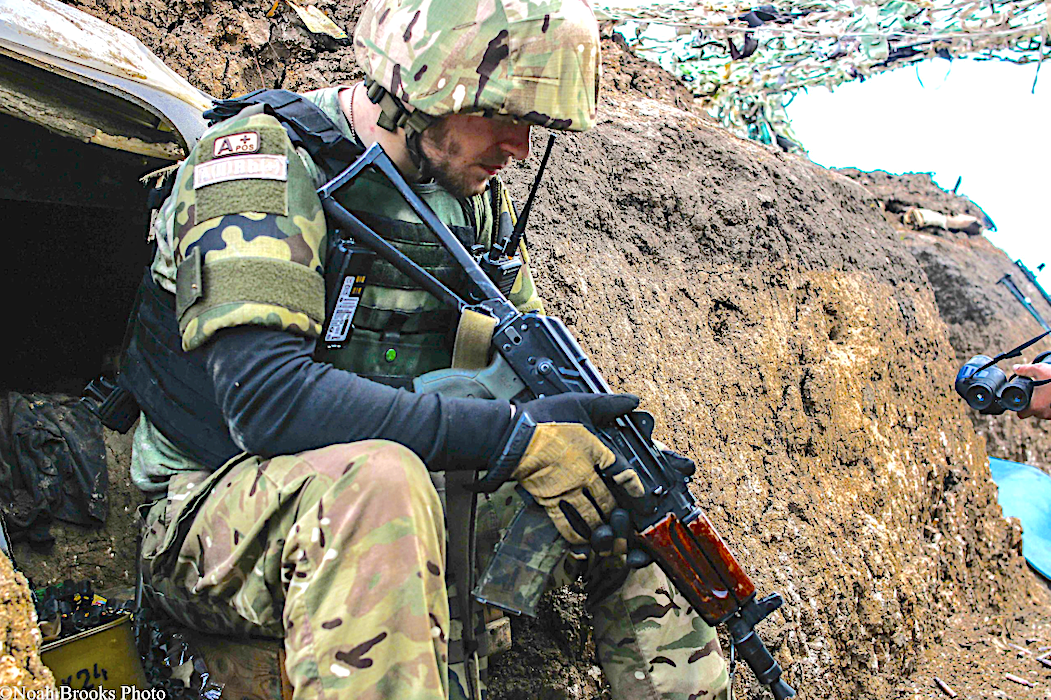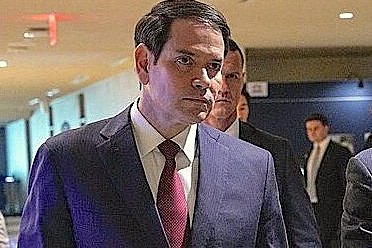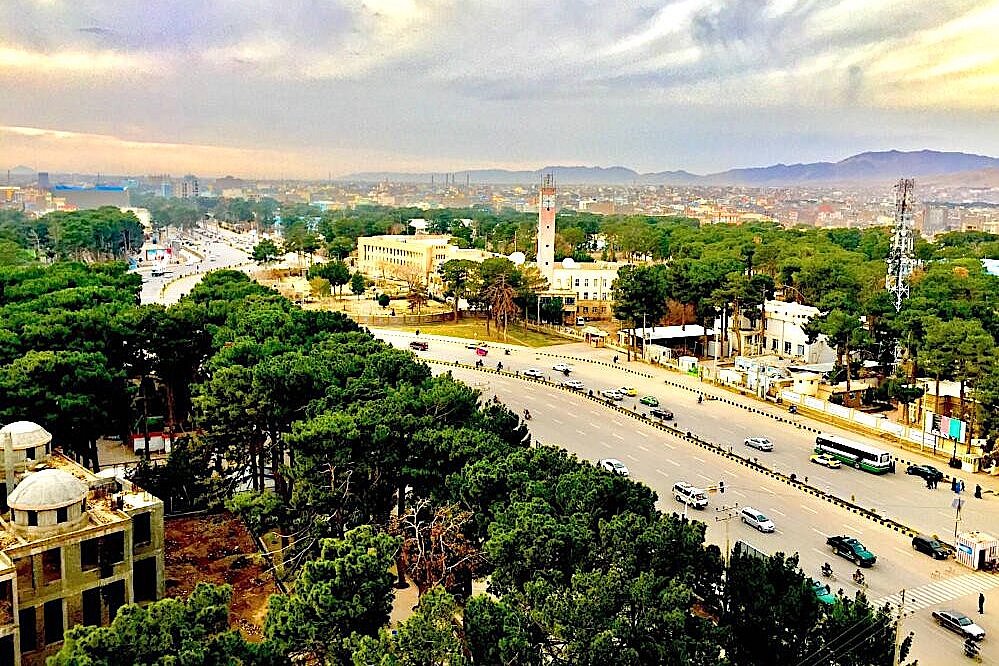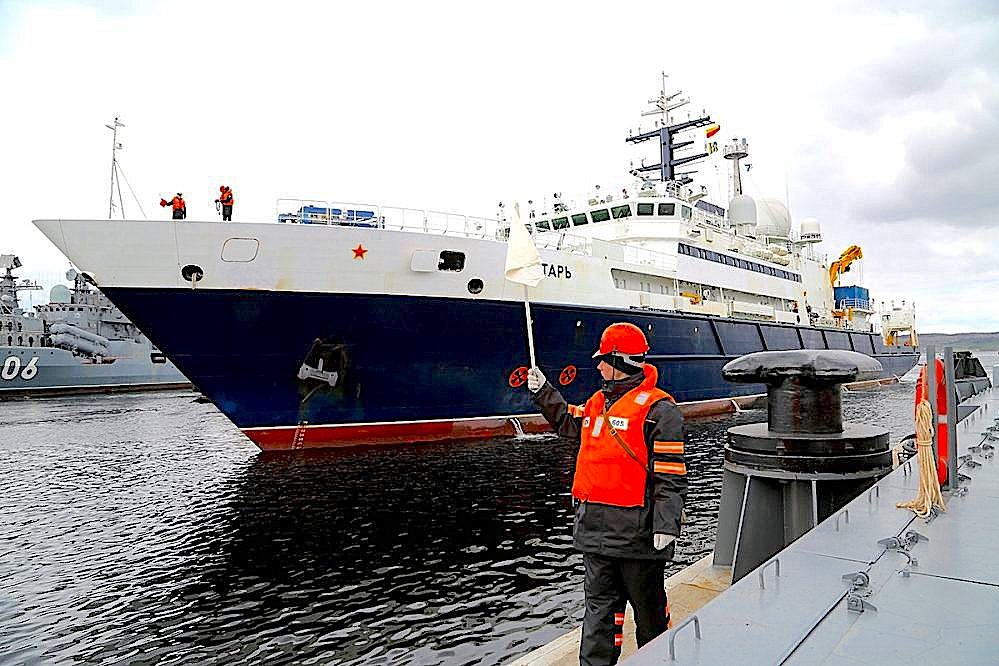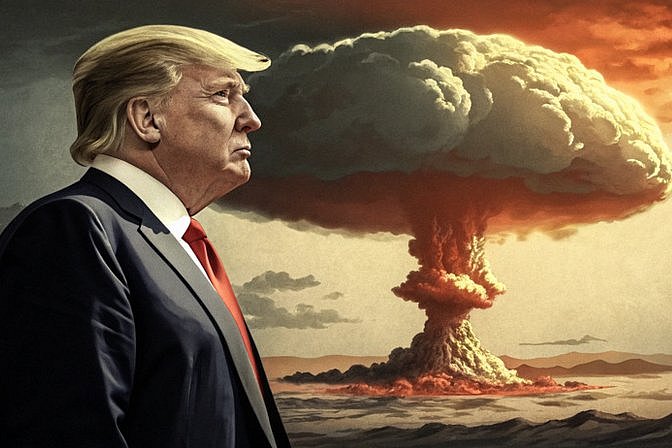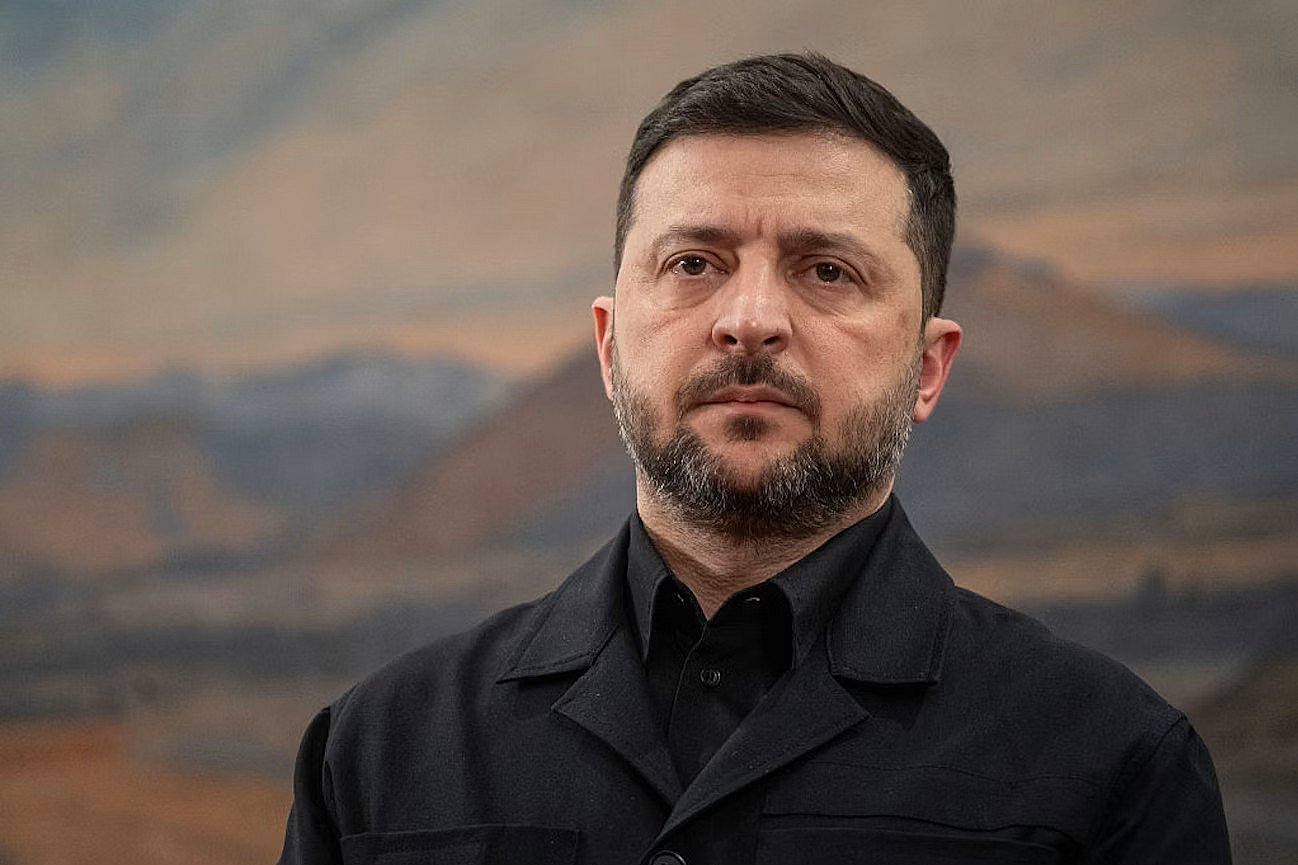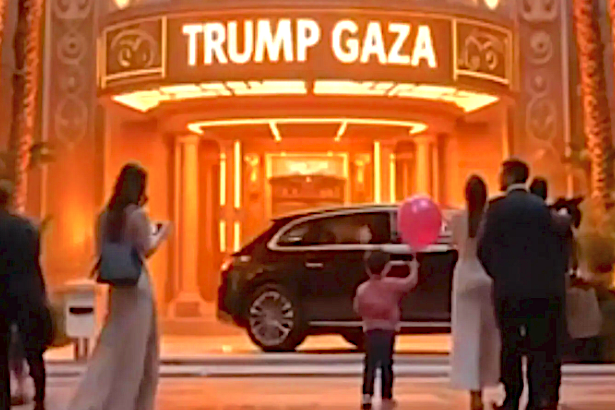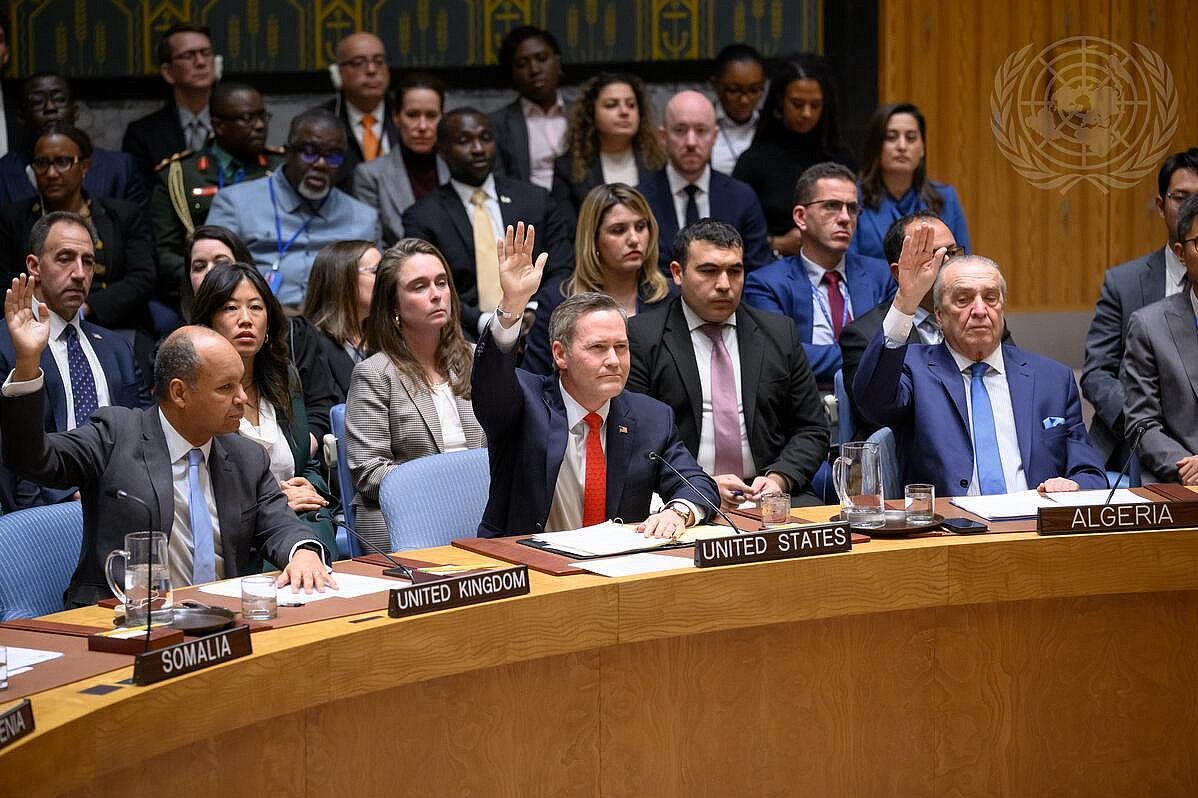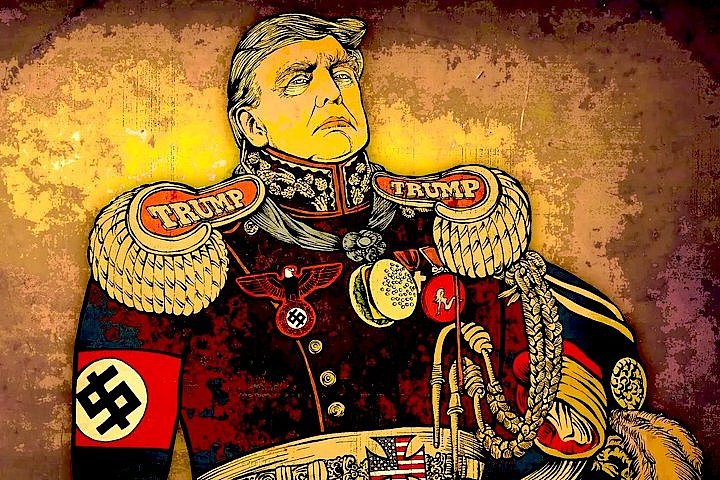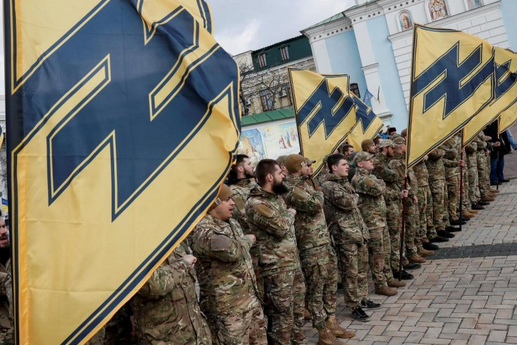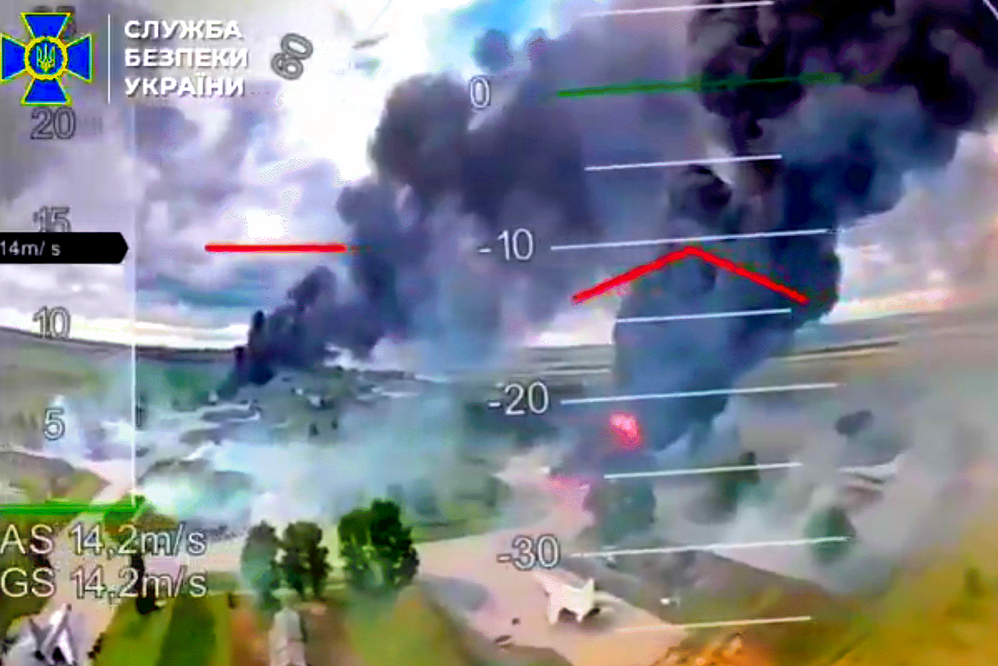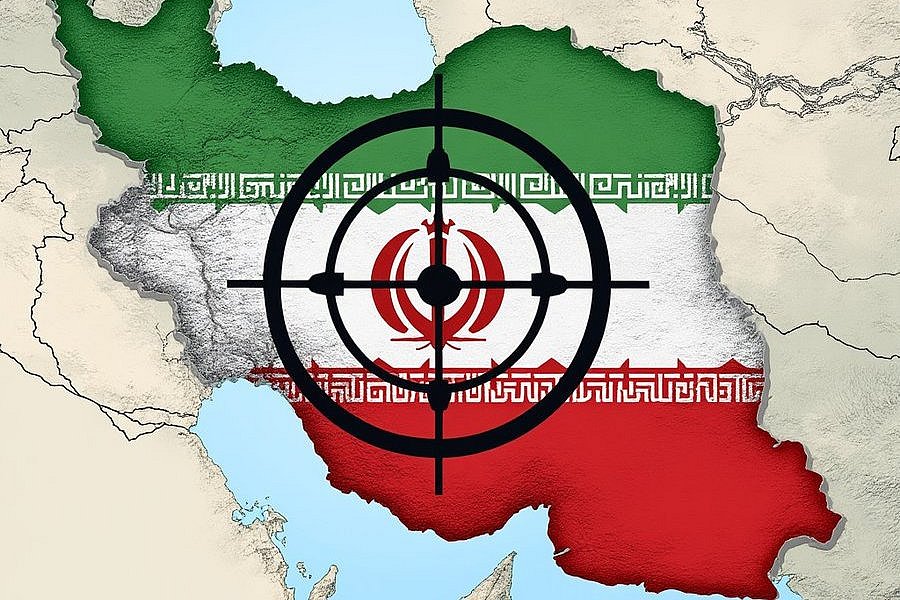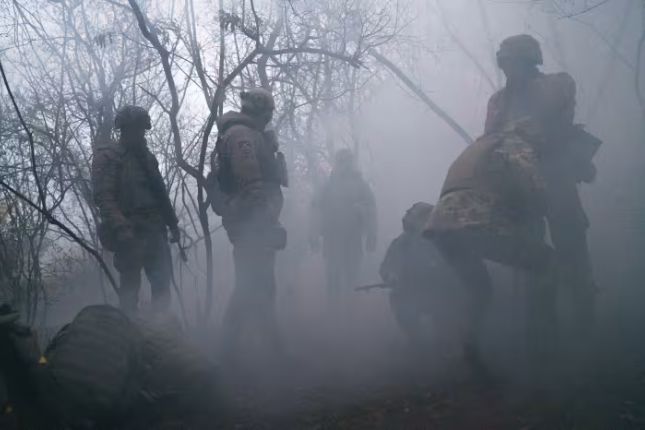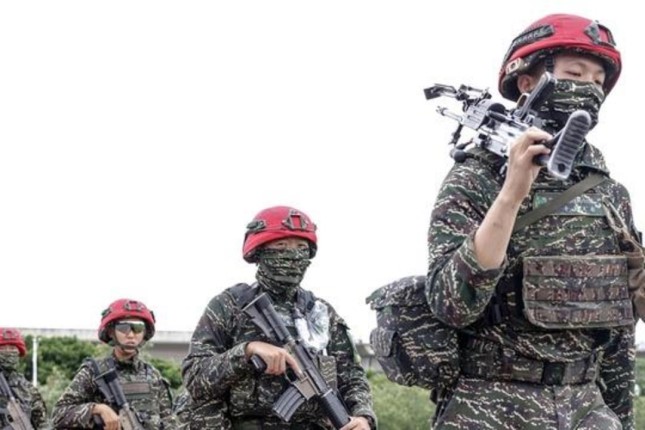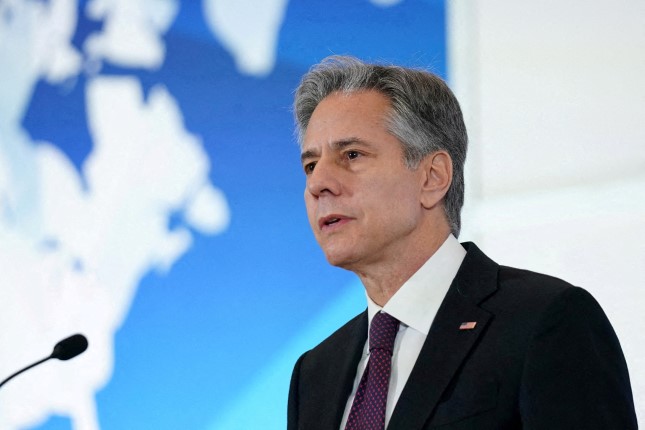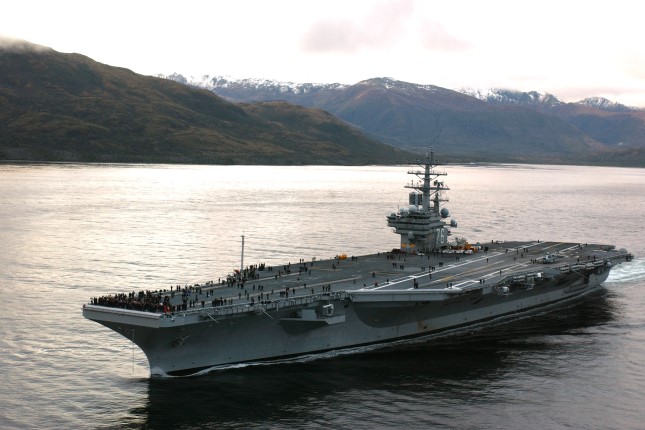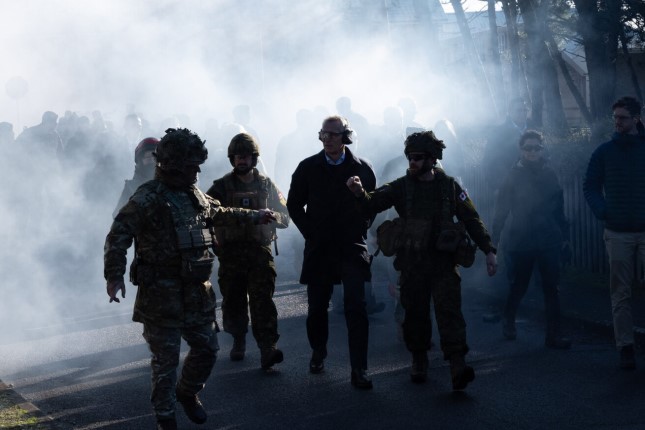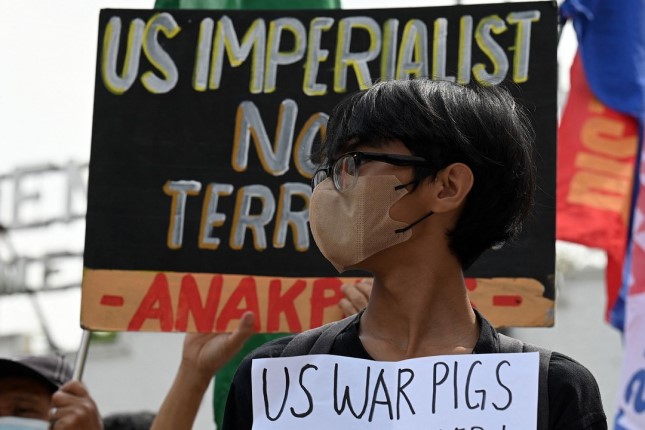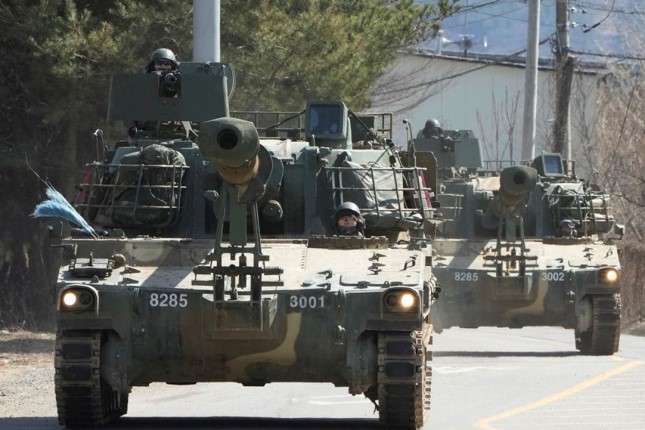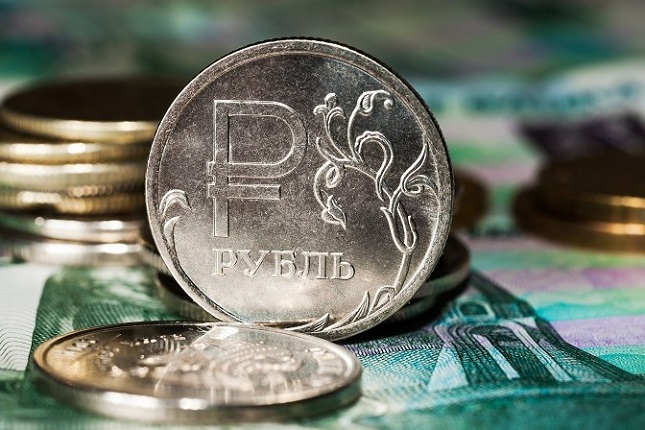When Israeli Prime Minister Benjamin Netanyahu was recently asked on Israeli i24 TV whether he supported the idea of a Greater Israel — the biblical land that God purportedly promised to the Jewish people encompassing a major portion of the Middle East — he replied “very much.”
While the interview went virtually unnoticed in the Western media it attracted wide condemnation throughout the Arab world. Jordan called it “a dangerous and provocative escalation,” Qatar said it was “arrogant and destabilising” and the Arab League declared it was “blatant violation of Arab sovereignty.”
The Zionist vision of a Greater Israel has remained mostly unspoken by Israel’s leaders because they want to maintain the fiction that Israel’s control over the occupied territories is strictly for security purposes.
But Netanyahu let the cat out of the bag. His comment is a bold assertion that Israel’s ongoing genocide in Gaza and occupation of the West Bank are just the first stages of an expansionist Greater Israel vision.
Far from sitting on the sidelines, the U.S. is a full partner in this project that aligns with their objectives in the region. The idea that Netanyahu has a pliant U.S. President Trump (and Biden before him) wound around his little finger is strictly political theatre and a convenient cover for American ambitions.
The U.S. has always called the shots and, if anything, Israel is a useful proxy to further American economic and strategic interests in the region which includes tacit support for Greater Israel.
Greater Israel
The Old Testament defines Greater Israel (Eretz Yisrael) as the land promised four thousand years ago by God to Abraham’s descendants, the Jewish people. In the book of Genesis and elsewhere, this God-given inheritance encompasses the vast swath of land from the Nile River in Egypt all the way to the Euphrates River in Iraq and Syria.
It includes all of historic Palestine, most of Lebanon and Syria, Trans Jordan and large parts of Egypt, Saudi Arabia and Iraq.
Look at the map, it’s quite astounding: this huge swath of the Middle East dwarfs present-day Israel.
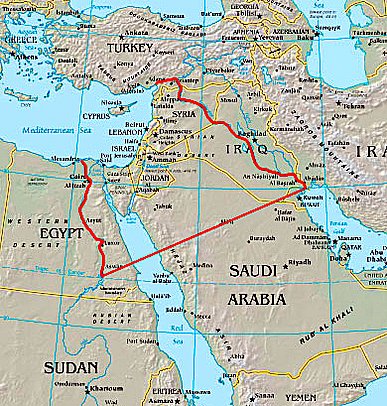
The Greater Israel cult has been a fundamental Zionist project from the outset. Theodore Herzl, the founder of Zionism, wrote in his diaries that Eretz Yisrael not only included areas within Palestine but the totality of the land stretching from “the brook of Egypt [the Nile] to the Euphrates.”
In 1919, the first map of Greater Israel, drawn up by the World Zionist Organization, was presented at the Paris Peace Conference.
The idea was fervently embraced by far-right Revisionist Zionist Ze’ev Jabotinsky, head of the violent terrorist Irgun militia, who in 1923 wrote that Zionist colonisation “can proceed and develop only under the protection of an iron wall [guns and bayonets], which the native population cannot breach.”
Jabotinsky, the ideological forefather of Netanyahu’s Likud Party, never accepted partition believing that all of Transjordan belonged to the Jewish state. To this day, the Irgun’s emblem of Greater Israel is worn by many members of the Israeli Defense Forces (IDF).
But Jabotinsky wasn’t alone. Israel’s founding father, David Ben-Gurion only accepted partition as a stepping stone to a Greater Israel. When the British first proposed partition in 1937, he told the Zionist Executive:
“We shall accept a state in the boundaries fixed today — but the boundaries of Zionist aspirations are the concerns of the Jewish people and no external factor will be able to limit them.” (The Birth of Israel, Simha Flapan, 1987, p. 53)
1948 and Beyond
In 1948, following the U.N. Partition Plan dividing Palestine into Jewish and Palestinian states, Israel violently drove 750,000 Palestinians off their land and took control not only of the territory the U.N. had proposed for a Jewish state, but nearly 60% of the area proposed for a Palestinian state.
Since then, Israel has seized every opportunity to occupy more territory. “Within the highest echelons of the Israeli government, there was a Greater Israel lobby,” writes Israeli historian Ilan Pappé.
“It consisted of many ex-generals from the 1948 war and old ideologues of the Labour movement, all of whom lamented not conquering the whole of historical Palestine in 1948. They were supported by what was then a small group of religious Zionists … disciples of a rabbi called Zvi Kook, who taught them that colonising the West Bank and the Gaza Strip was God’s will and a religious imperative,” (A Very Short History of the Israel-Palestine Conflict, Ilan Pappé, p. 85)
In 1967, propelled by the security concerns of the settler-colonial state and messianic religious Zionism, Israel launched the Six-Day War — a pre-emptive attack on Egypt, Jordan and Syria that led to the occupation of the West Bank, Gaza, the Sinai and the Golan Heights — territories it continues to occupy (except Sinai). It has already annexed the Golan Heights and on Sunday the Knesset voted in a non-binding resolution to annex the West Bank.
With the displacement of over 300,000 Palestinians, the Six-Day War was Israel’s second largest land grab and unleashed a flood of Israelis settlers to the occupied West Bank. The Settler Movement, was made up of ultra-orthodox Jews who believed they are preparing for the coming of the Jewish Messiah and violent invaders driven by the government-sanctioned, IDF-protected, theft of Palestinian land.
It would be mistaken, however, to believe that support for the Settler Movement is only the purview of messianic cult members and brutal colonists lured by cheap real estate. A March 2025 poll showed that 82 percent of Jewish Israelis support the ethnic cleansing of Palestinians in Gaza.
Today, there are more than 700,000 settlers in over 300 settlements and outposts in the West Bank and East Jerusalem – all completely illegal under international law but continually protected by the U.S. which shields Israel through its veto power at the U.N.
The US & Greater Israel
The only thing that accounts for this unwavering U.S. support is that the expansion of Greater Israel — whether land theft in the occupied territories, the seizure of territory in Syria and Lebanon or the ongoing genocide and ethnic cleansing in Gaza — aligns with American interests throughout the region.
These interests include the protection of resource extraction and shipping routes, intelligence sharing and weapons testing, warding off Chinese and Russian influence and the defeat of Palestinian resistance and any group capable of challenging U.S. interests.
They are what is behind the defeat of Gaddafi’s Pan-African movement in Libya, the overthrow of the Palestinian-supporting Bashar al-Asad in Syria, and the joint U.S.-Israeli mission to bring about regime change in Iran.
Every American administration from Truman to Trump has steadfastly supported Israel as a key asset in the Middle East. Truman saw Israel “as an embodiment of the great ideals of our civilization,” Reagan called Jewish settlement in the Palestinian territories an “inalienable right,” and Joe Biden famously said that “if Israel didn’t exist, we would have to invent one.”
But the case for U.S. hegemony in the Middle East was most plainly articulated by the the deputy secretary of defense under George W. Bush, Paul Wolfowitz, who wrote that “…our overall objective is to remain the predominant outside power in the region and preserve U.S. and Western access to the region’s oil… and safeguard our access to international air and seaways.”
It’s been a blissful partnership: for Israel, the U.S. provides the resources, weapons and diplomatic cover for its crimes; for the U.S. Israel provides the reliable base to secure its interests in the face of Arab resistance.
“[Israel] has been presenting itself, with some justice, as the Sparta of the Middle East, a militarily advanced, technologically competent, powerful society,” said Noam Chomsky. “That’s the kind of thing we like … a dependable, reliable ally that will do what we want.”
Greater Israel’s Future
The next phase of the Greater Israel project is well underway. On the West Bank, the Israeli defence ministry has just approved the massive E1 settlement project for the construction of 3,400 new homes. It’s the brainchild of far-right Finance Minister Bezalel Smotrich that would divide the West Bank in two, extinguishing any hope of a Palestinian state.
In the midst of the genocide in Gaza, groups of messianic religious settlers have been setting up temporary camps along the Israeli side of the border, waiting for the signal from the IDF that it is safe for them to cross over and stake out settlements.
They, too, have been spurred on by Smotrich who recently told a real estate conference in Tel Aviv that Israel has completed the ‘demolition phase’ (i.e. the total destruction) of the entire Gaza Strip to make way for a “real estate bonanza.”
The question is whether this project of permanent war, unbridled expansion and the denial of Palestinian rights is sustainable. Can the fanatical messianic Zionist dream of a Greater Israel be achieved by turning the entire region into a cauldron of death and destruction?
Would tiny Israel with 7 million Jews actually be able to conquer and control a region of 150 million people (not including 90 million in Iran)?
The real objective, however, has not necessarily been conquest but the creation of powerless, destabilised states that are incapable of resistance to both U.S. ambitions and Israeli aggression. This is what the Israel-U.S. alliance has accomplished in Libya, Syria and Iraq, and Iran is next on their hit list.
The question is whether this alliance is sustainable. As American economic and military partnerships shift towards the Gulf states, Israel may no longer be its only reliable foothold in the region.
Also, the power dynamics in the Middle East are in flux as the U.S. is challenged by Russia and China, both allies of Iran. And last year, China mediated an unprecedented detente between Iran and Saudi Arabia, a factor that could ultimately shift alliances and thwart U.S. ambitions in the region.
But the biggest factor threatening the long-term survival of Israel’s expansionist policies and the Greater Israel project may be the social, economic and military collapse of Israel itself.
“We are witnessing a historical process – or, more accurately, the beginnings of one – that is likely to culminate in the downfall of Zionism,” writes Ilan Pappé, who said:
“And if my diagnosis is correct, then we are also entering a particularly dangerous conjuncture. For once Israel realizes the magnitude of the crisis, it will unleash ferocious and uninhibited force to try to contain it, as did the South African apartheid regime during its final days.”
Pappé says the factors that are leading to Israel’s collapse include the isolation of Israel on the global stage as it becomes a pariah state; the tearing apart of Israeli society from within that could end in civil war; and an economy in shambles as investment evaporates, citizens flee the country and Israel’s credit rating is downgraded for the first time in its history.
Militarily, Israel has failed to defeat Hamas, reservists are refusing to show up and too many soldiers are coming home in body bags. As one former intelligence official recently announced: “The state of Israel is on the eve of defeat.”
“I believe that, sooner or later, an explosive fusion of these indicators will result in the destruction of the Zionist project in Palestine,” writes Pappé. “When it does, we must hope that a robust liberation movement is there to fill the void.”
Whether Israel implodes internally or is defeated externally, Greater Israel is a dangerous, violent, genocidal project that in the interest of humanity must be stopped.
The U.S. could do so at a moment’s notice by cutting off the flow of arms and trade, but while it remains the number one enabler of Israel’s wars it is up to the rest of the world, particularly the West which has been so long complicit, to do what is required under international law and bring Israel’s criminal wars and Greater Israel delusions to an end.
Postscript: Spain and Italy have just demonstrated that this can be done. They have imposed a total embargo on arms trade with Israel and have deployed their naval vessels to protect the 50-boat Sumud Flotilla bringing desperately needed aid to Gaza.
Source: Consortium News.
